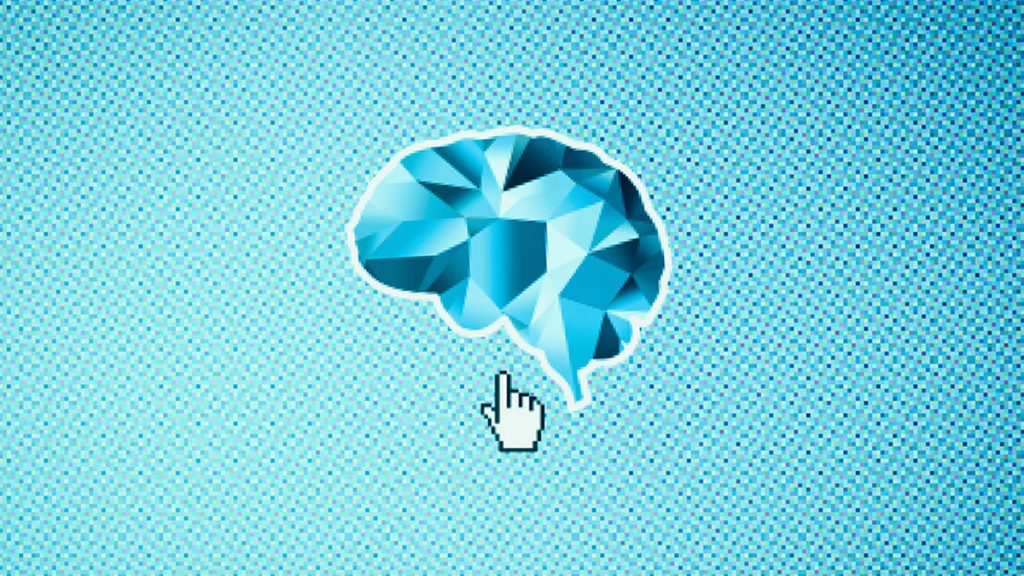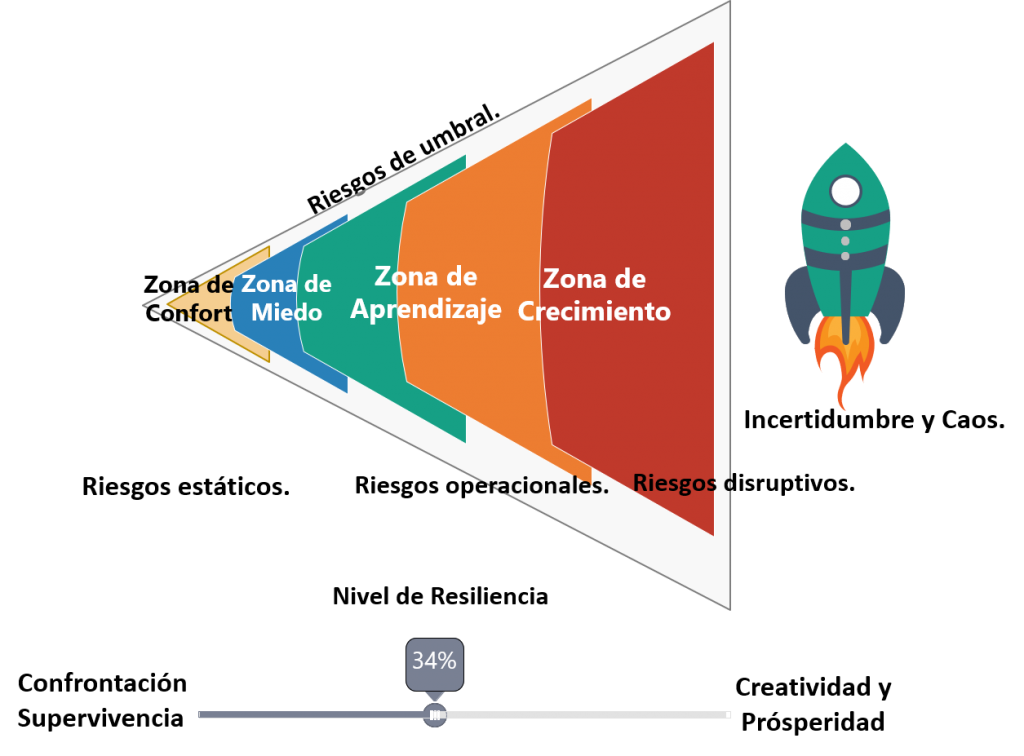El objetivo del aprendizaje es la adaptación; adaptar los medios (comportamiento) a los entornos (ambiente), por ende, adaptar nuestro comportamiento al ambiente, requiere generar nuevos hábitos para ser más efectivo y eficiente. [adaptar el hábito al ambiente].
Nuestro comportamiento está integrado por hábitos, los hábitos son rutinas automáticas que repetimos una y otra vez, en el mismo ambiente y que ejecutamos de forma inconsciente.
Se ha identificado que entre el 40 y 45% de nuestras actividades diarias son hábitos, es decir casi la mitad de nuestras actividades diarias representan hábitos, el objetivo de un hábito es hacer nuestro cerebro más eficiente, para liberar espacio valioso para pensar, reduciendo la energía en comportamientos importantes, el cerebro detecta repetición, liberación de dopamina y decide que es importante, cuanto más gruesas sean las conexiones existentes entre las neuronas encargadas de configurar el hábito, menos energía gastará.
El cerebro no tiene preferencias, como un elemento de procesamiento de información, no distingue entre lo bueno y lo malo, en el “diseño del comportamiento digital del usuario”, esto en lugar de ser una debilidad es una ventaja para los diseñadores de hábitos digitales, lo cual veremos a profundidad en nuestro siguiente artículo.

Anatomía de un hábito.
Para que un hábito se establezca requerimos de 3 elementos fundamentales: el disparador, que es el estimulo que inicia el comportamiento, la rutina, que es la acción ejecutada y la recompensa, que es el beneficio que se obtiene luego de realizar la acción, siempre que se libere dopamina, reforzando la ejecución completa del hábito.
Un ejemplo de hábito lo podemos observar de forma diaria, en persona, este es un hábito creado de forma artificial, un hábito digital: en las redes sociales, como Facebook, Instagram o LinkedIn, el disparador regularmente consiste en ver nuestro smartphone, la acción radica en realizar una publicación o una interacción mayor con el contenido de la red, puede ser una publicación, el shot de dopamina se da cuando recibimos un ´like´ a cambio de nuestra publicación.
Una forma de crear hábitos de forma confiable y sistemática, es el diseño de comportamientos que guían al resultado, entonces el resultado es un efecto secundario del hábito, hay muchos fenómenos se comportan de esta manera, el no saberlo puede generar disfuncionalidad en su ejecución, un ejemplo de ello es ágil, muchas personas piensan que existe una relación directa de igualdad agilidad es velocidad per-se, pero la velocidad es un efecto secundario del hábito de eficacia que da la agilidad, de tal forma que la agilidad nunca es fin sino un medio o un hábito para mejorar.
Recordemos la forma de crear un hábito, disparador, rutina y recompensa.
Cambio de hábitos.
Para el cambio sostenido y a largo plazo de hábitos, has dos formas muy efectivas de hacerlo, cambiar el ambiente es una de ellas, si cambiamos el ambiente entonces cambiamos el hábito, debemos ser conscientes de esta premisa en primer lugar, el único punto de control es el ambiente mismo, si queremos cambiar los hábitos o comportamientos, debemos enfocarnos a cambiar el ambiente.
La otra forma de cambio de hábitos, consiste en dar prioridad a la consciencia cognitiva , identificando todos aquellos puntos ciegos y sesgos cognitivos para tomarlos como ventaja, debemos tomar en cuenta, un principio de cambio: no podemos cambiar algo que no sentimos, que no olemos, que no vemos, que no se encuentra en nuestro perímetro sensorial, por eso es necesario estar atentos, para hacerlo visible a nuestros sentidos, posteriormente identificar el hábito, descomponerlo en hábitos más pequeños (atómicos) y significativos, identificar los disparadores, suplir la nueva acción pequeña (MA bajas), tan pequeña que requiera una motivación y dificultad de ejecución muy bajas, de tal forma que presente una facilidad llevarla a cabo, posterior a ello crear una victoria personal, celebrar la ejecución del hábito.
Recordemos que la perspectiva de hábitos se trata en crear ventaja de como trabaja el cerebro para establecer y focalizar que es lo que queremos, el cerebro no puede identificar, si estos son buenos o malos, lo que tampoco existe, lo que debemos hacer, es hacer que juegue a nuestro favor para generar efectividad y eficiencia en las cosas que hacemos, entonces bajo este contexto: los hábitos buenos, te acercan a ser la persona que quieres ser, a tus objetivos, hábitos malos, te llevan lejos de la persona que quieres ser, a tus anti-objetivos.
Bibliografía:
- Fogg, B. J. (2020). Tiny habits: The small changes that change everything. Boston: Houghton Mifflin Harcourt.
- Clear, J. (2018). Atomic habits: An easy et proven way to build good habits et break bad ones: Tiny changes, remarkable results. NY, NY: Avery, an imprint of Penguin Random House.
- Duhigg, C. (2012). The Power of habit: Why we do what we do in life and business. Random House.
- Shlomo, B., & Saurabh, B. (2020, February 03). How Digital Design Drives User Behavior. Retrieved June 16, 2020, from https://hbr.org/2020/02/how-digital-design-drives-user-behavior
- Combs, D. T., Phd, & Brown, R. A. (2018). Digital Behavior Design (1a ed., Vol. 1). USA, California: Boundless Mind.

